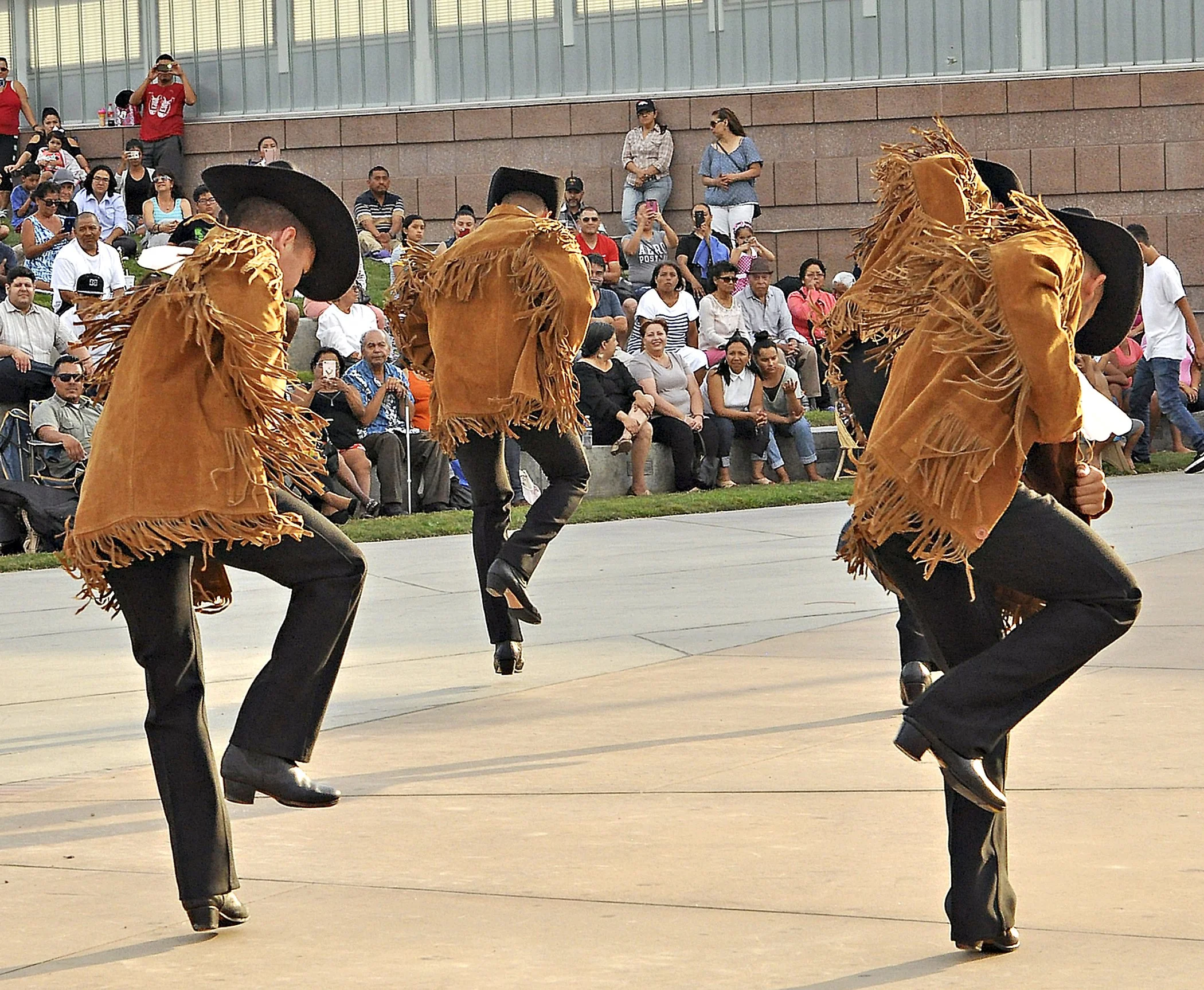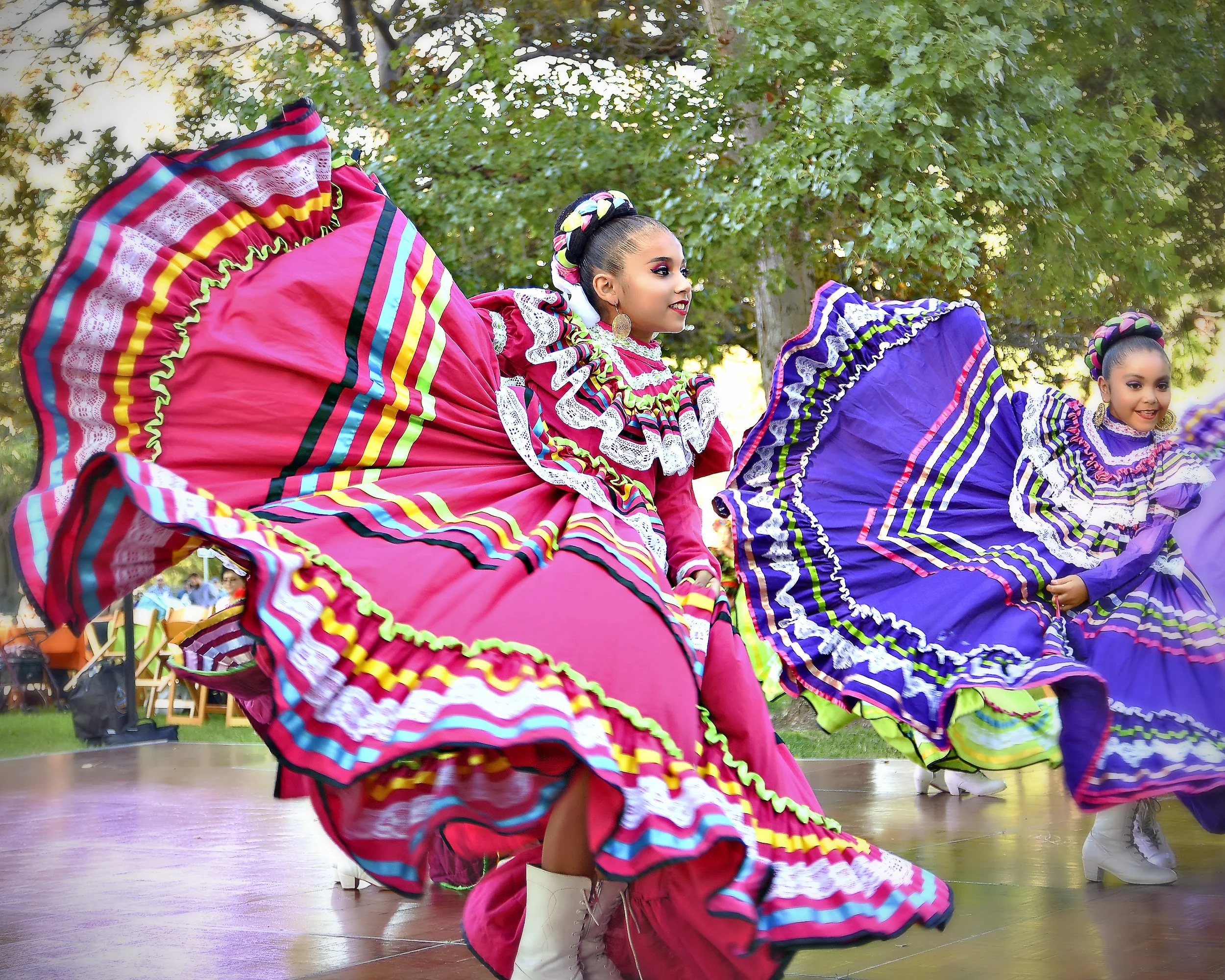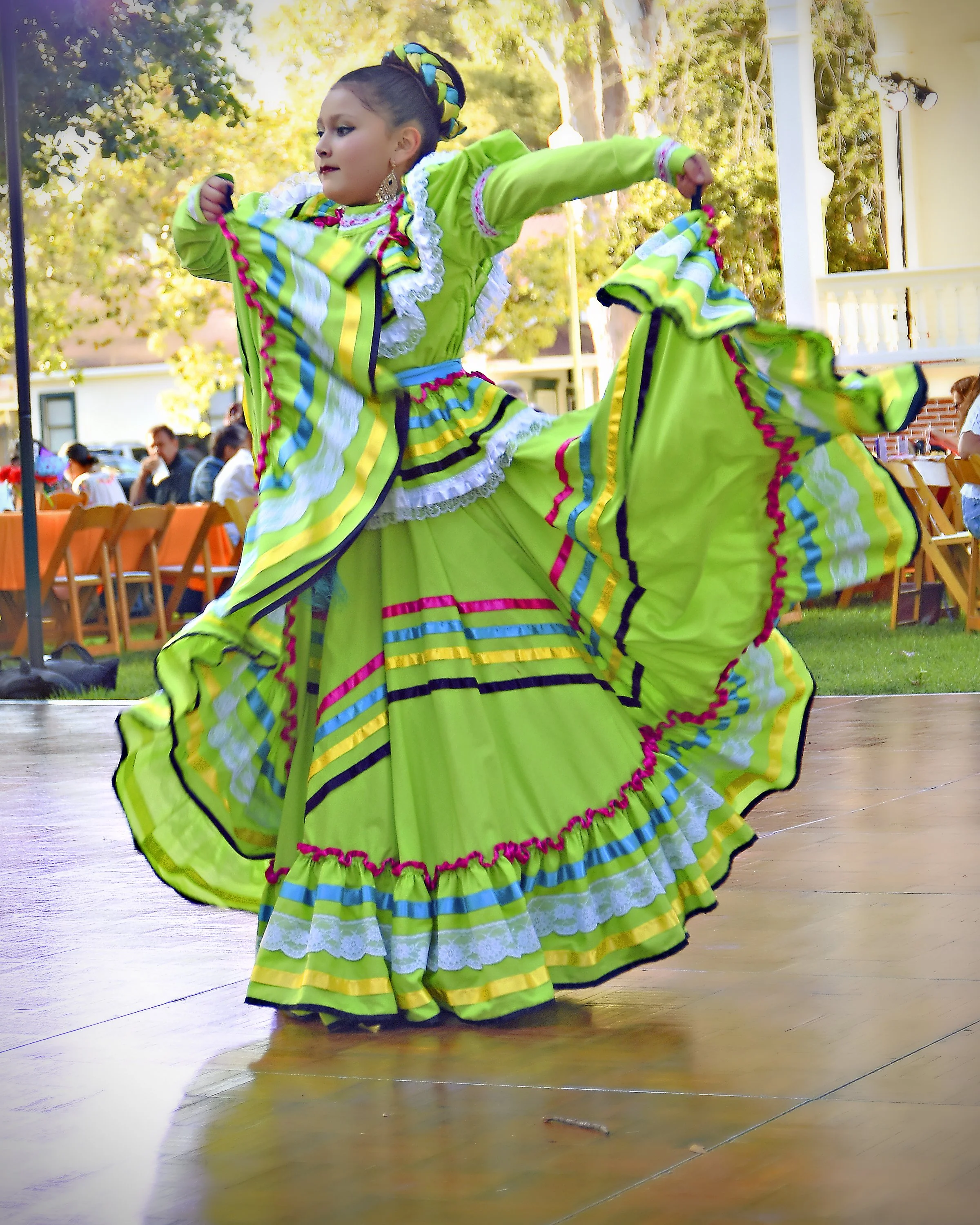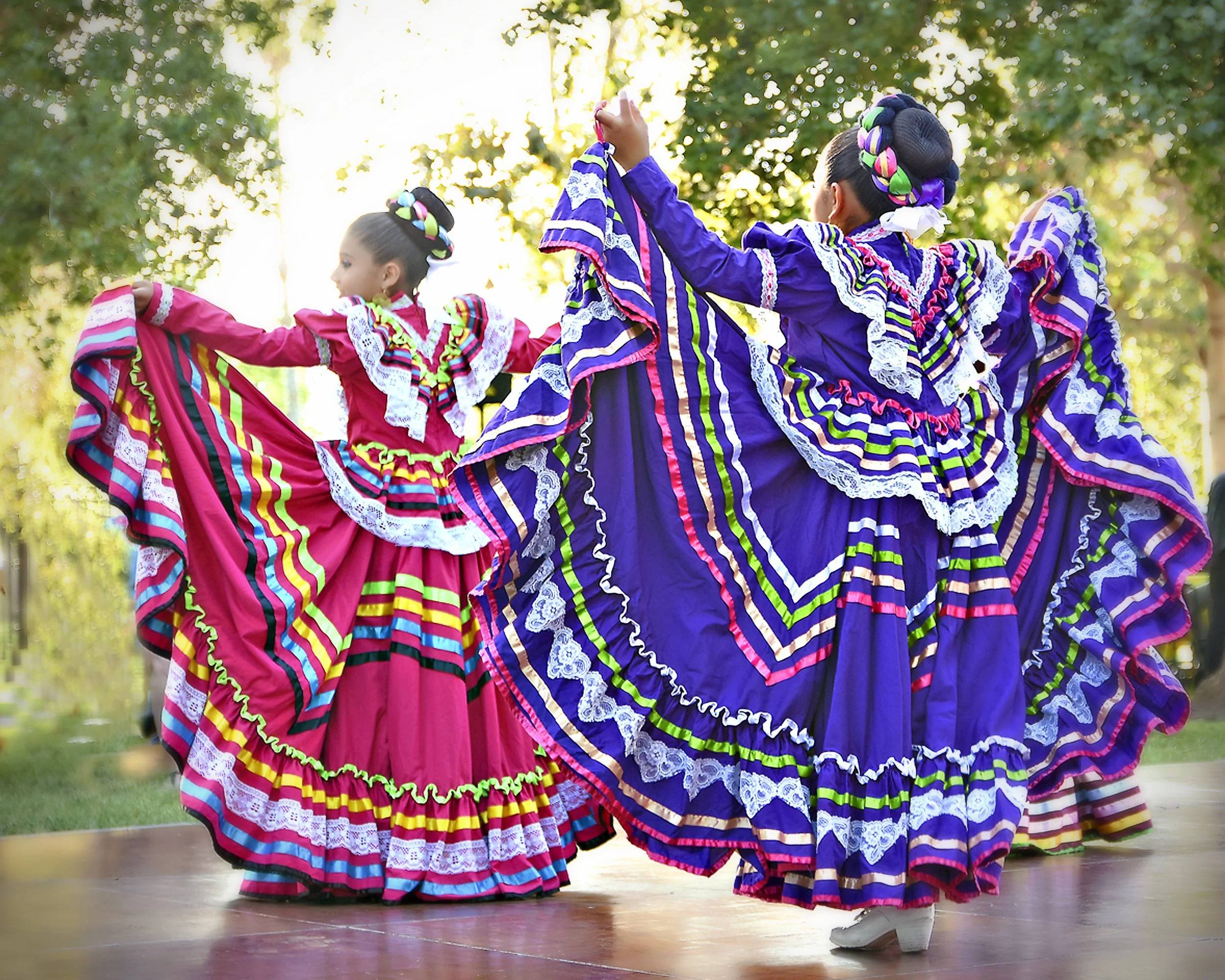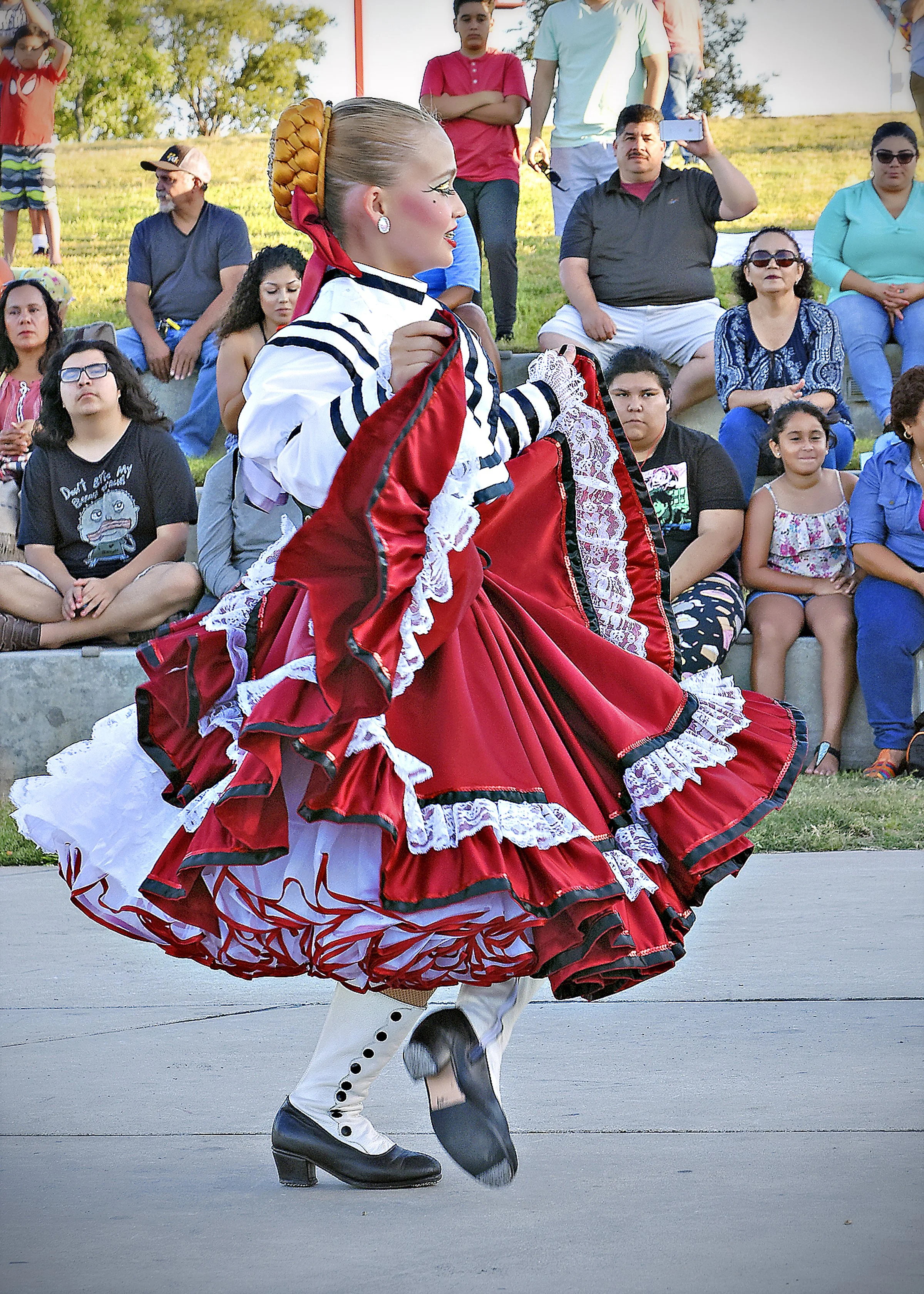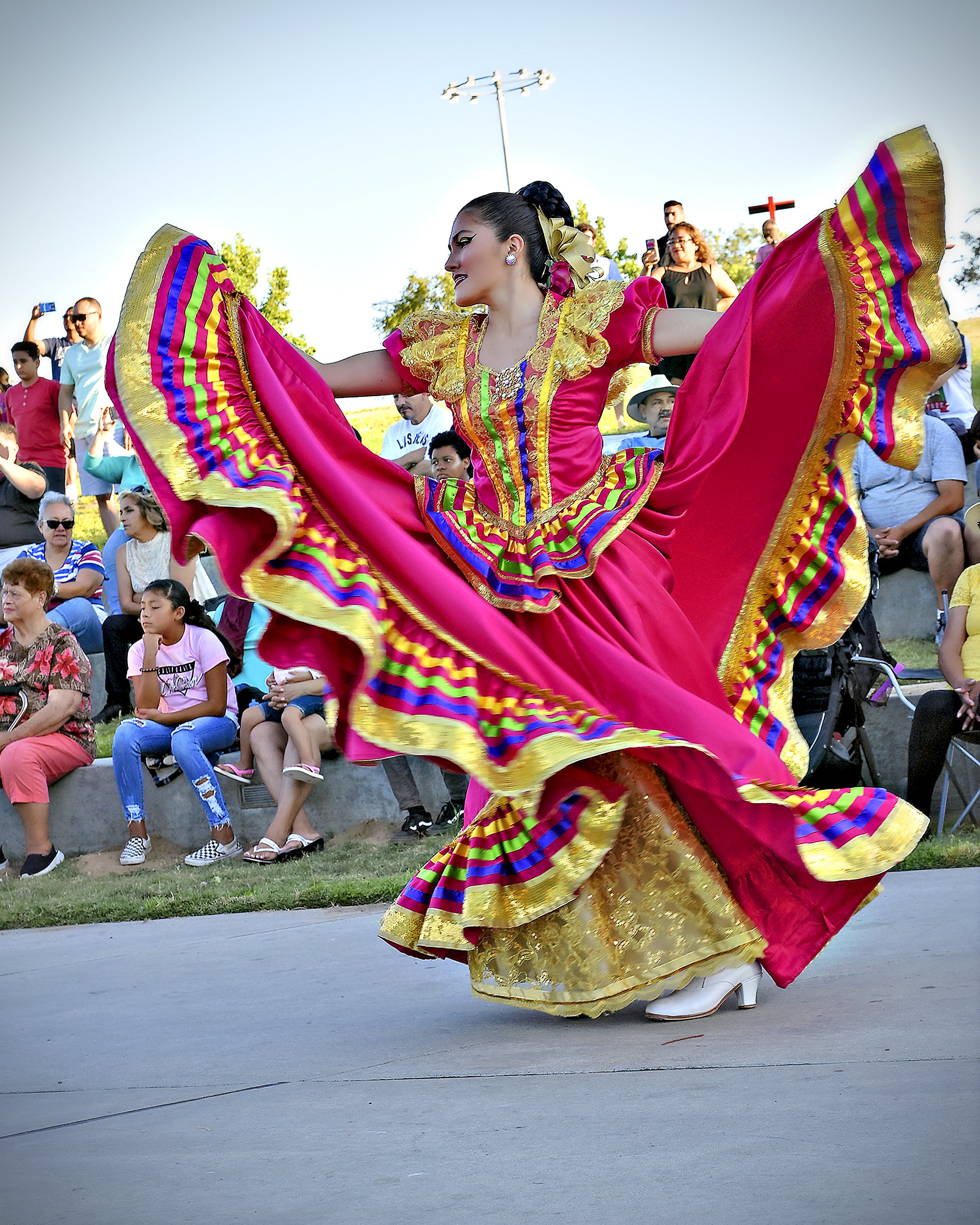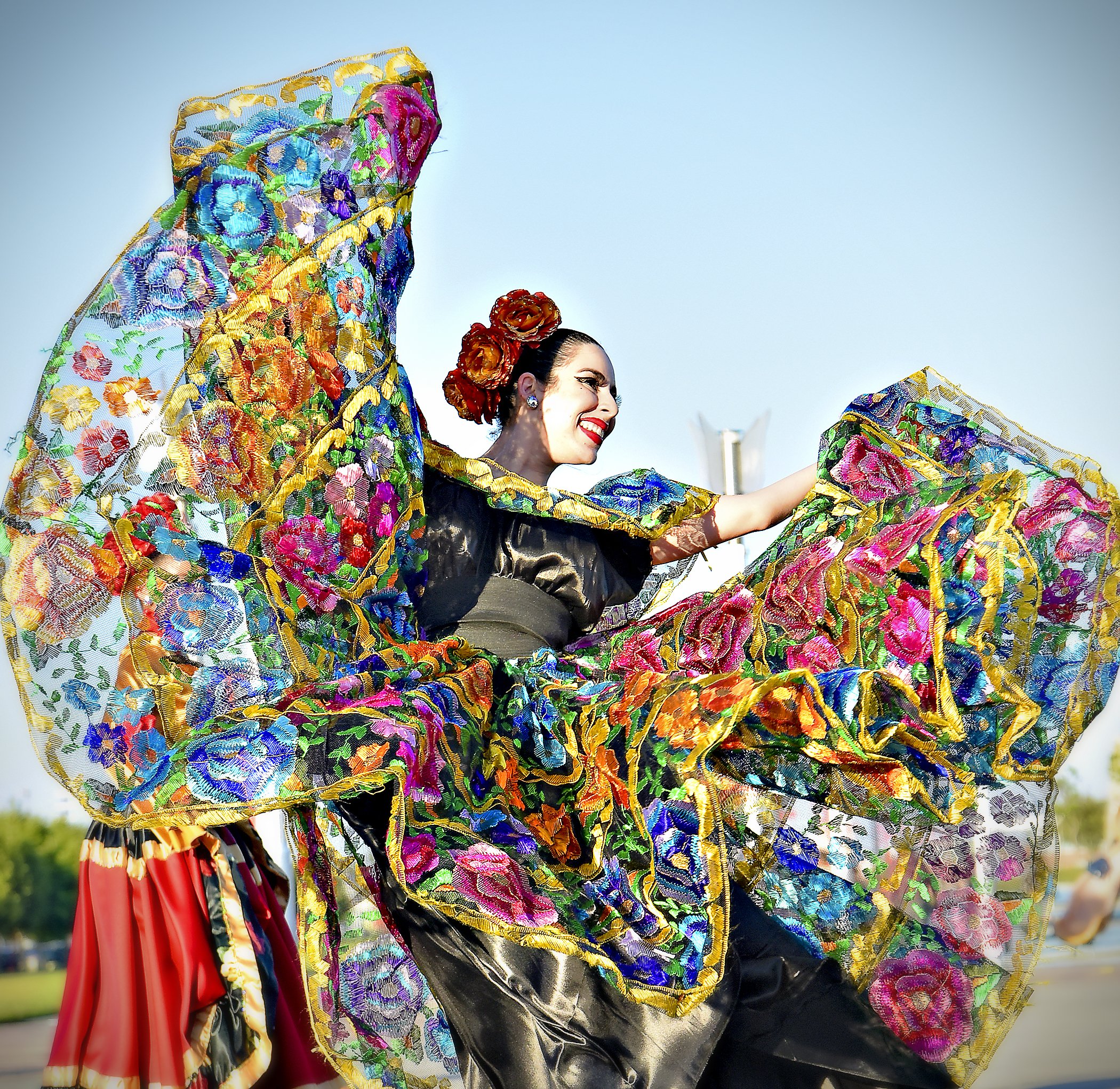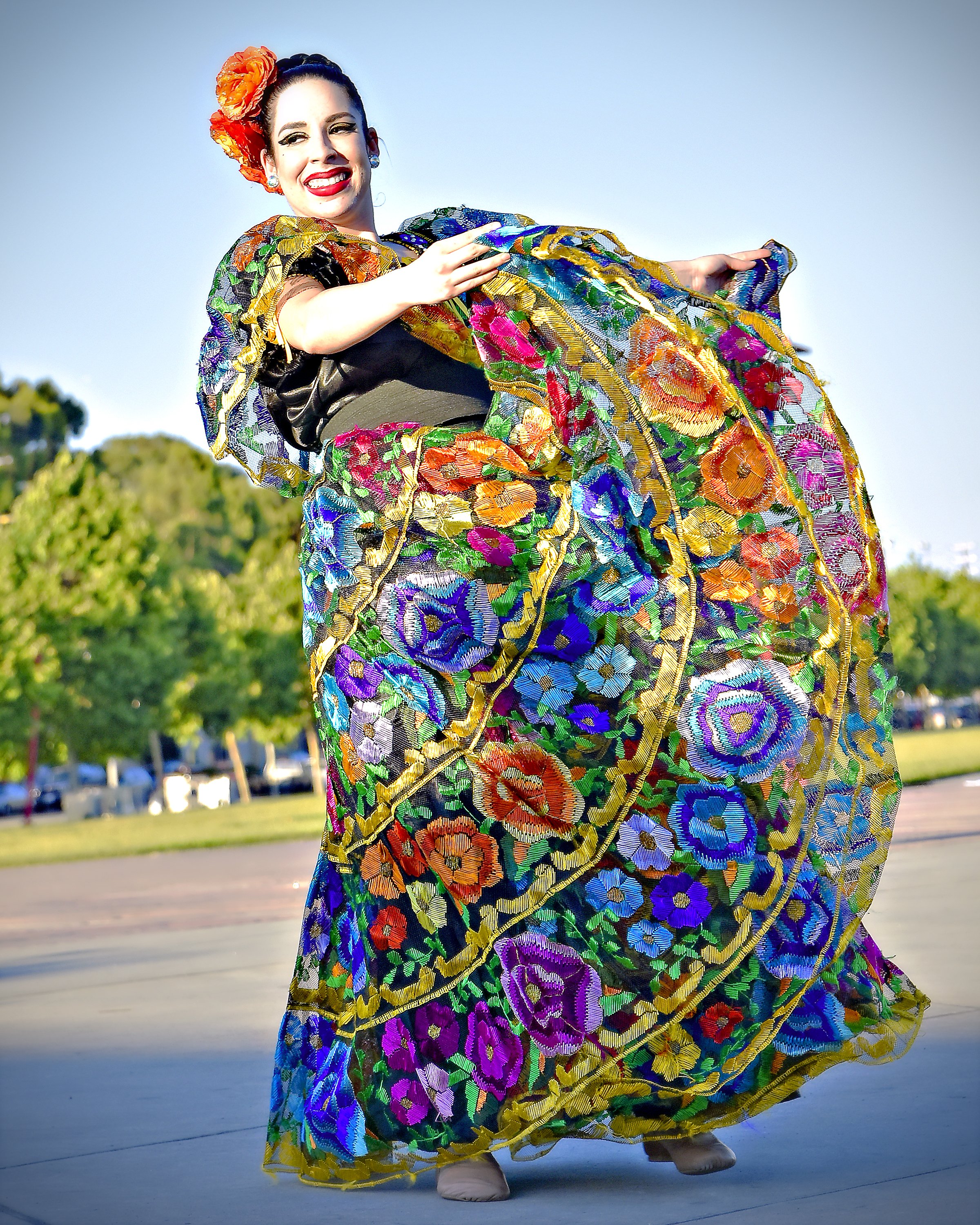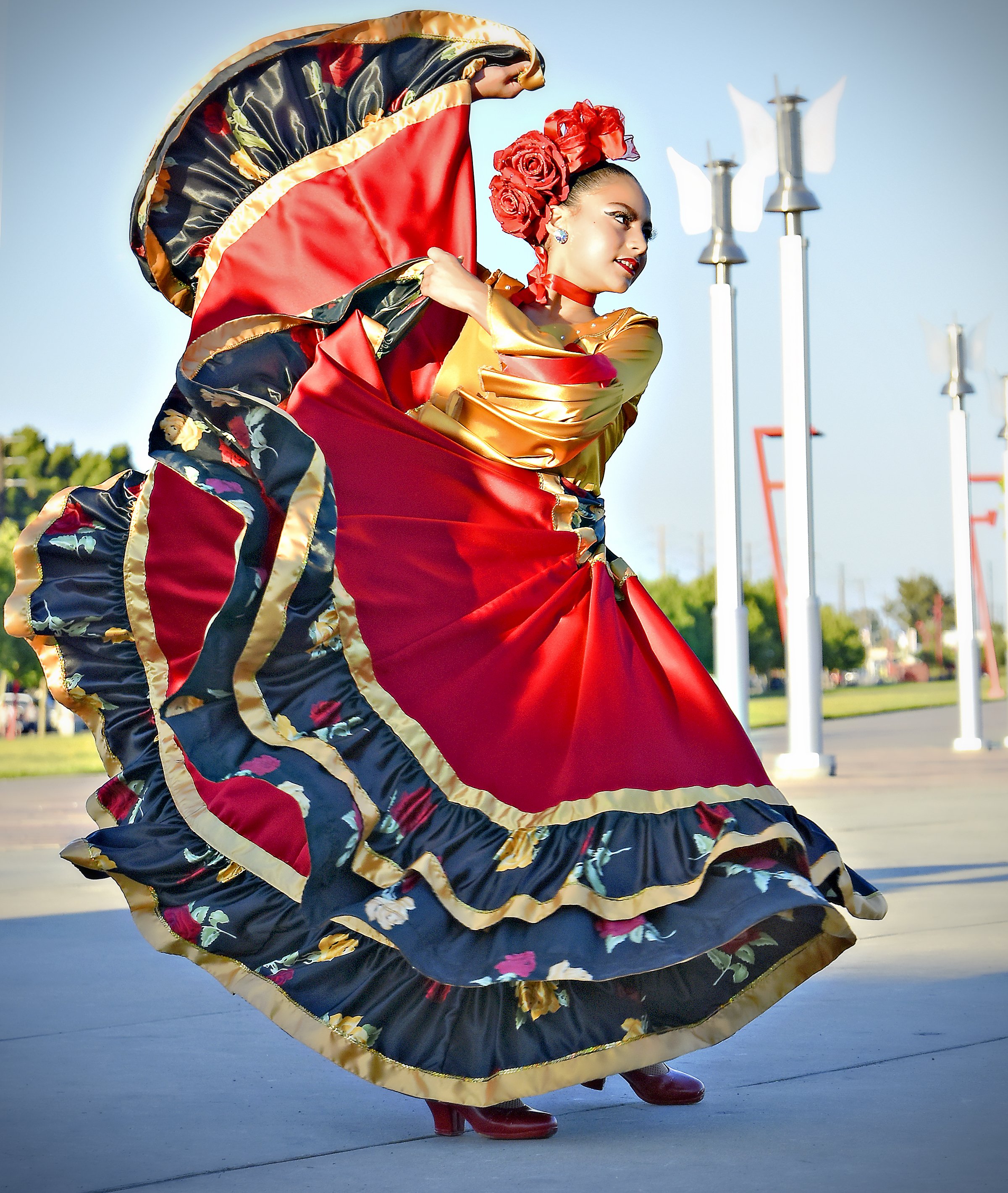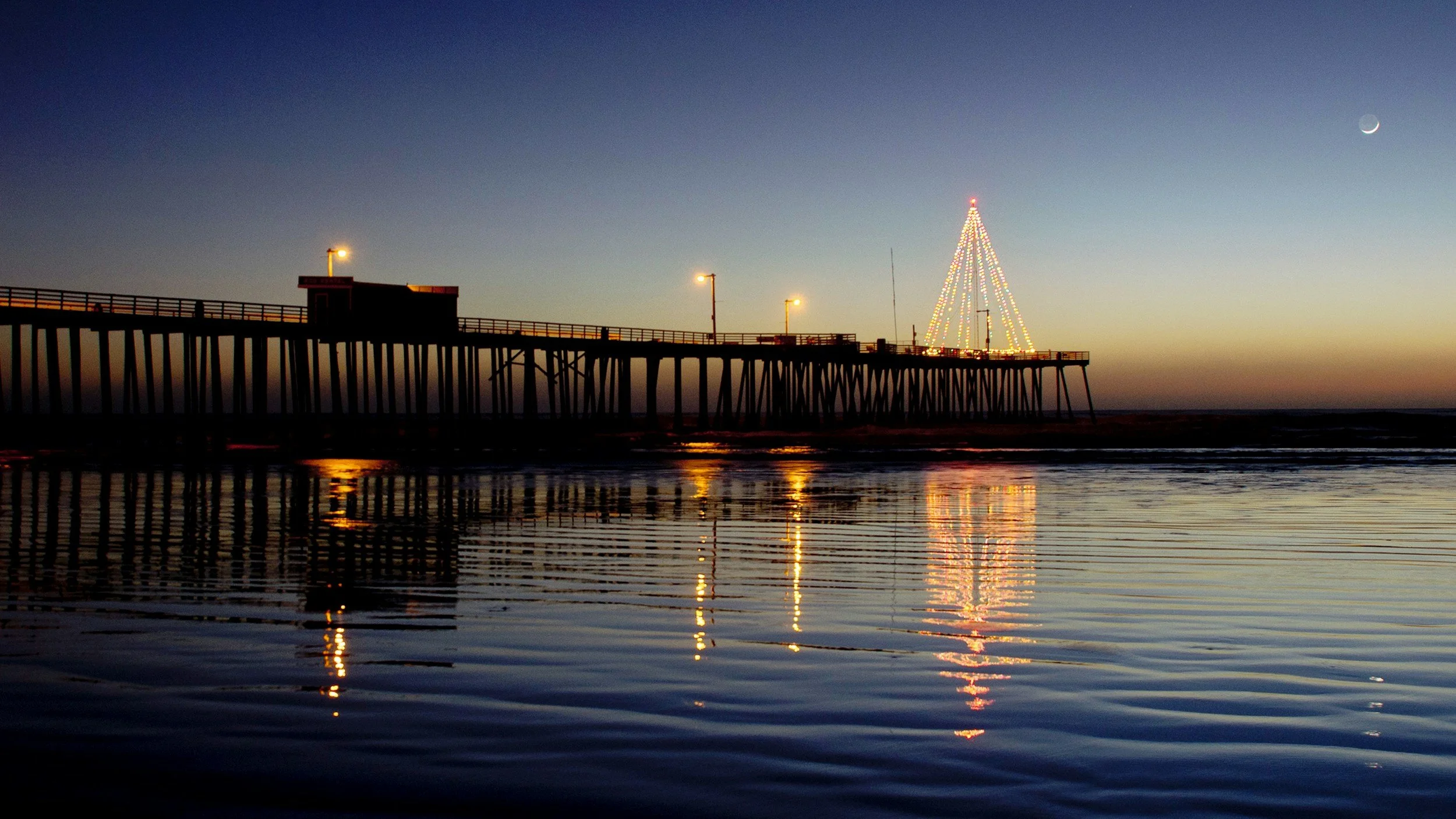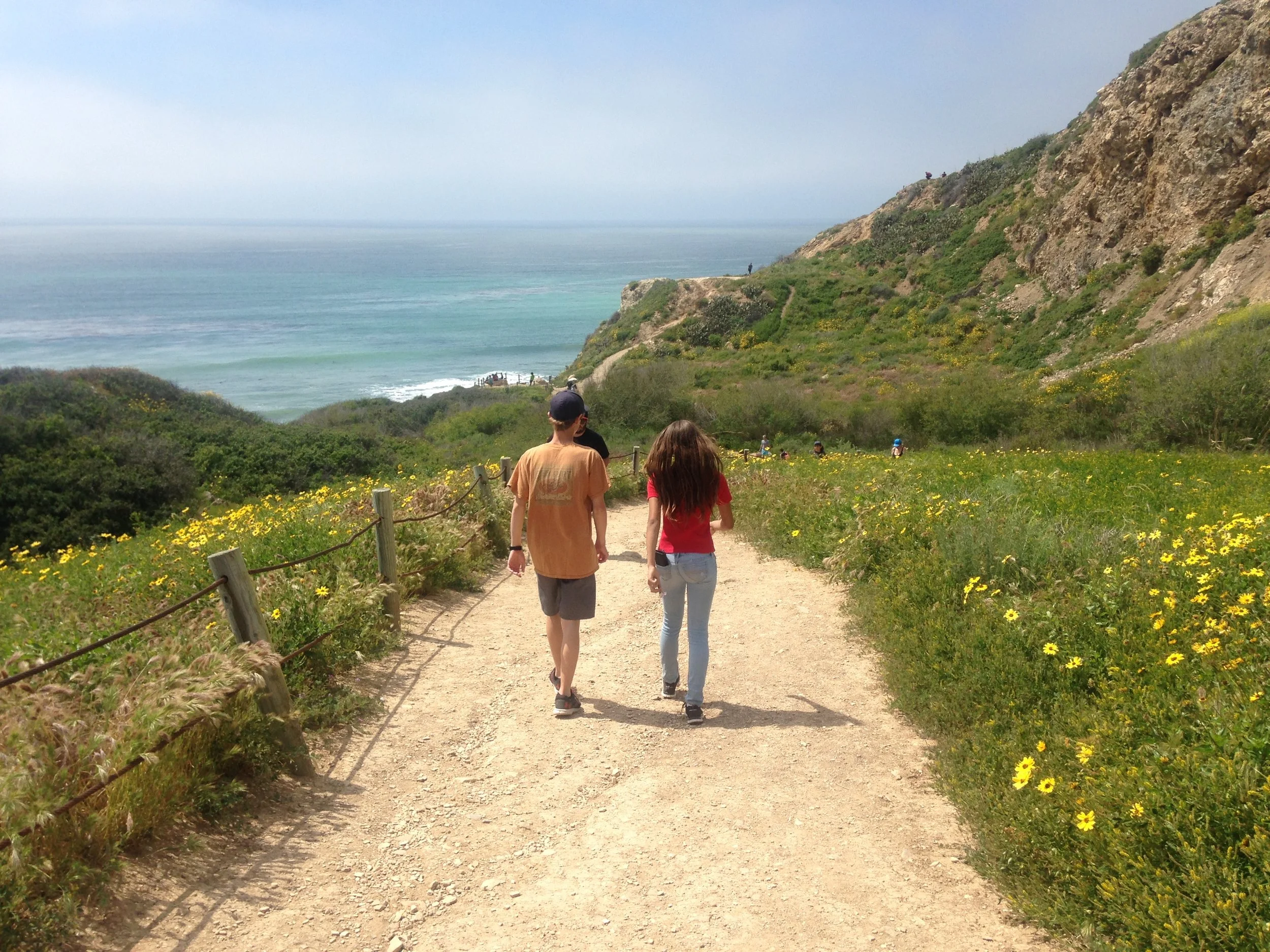National Hispanic Heritage Month Is September 15 to October 15 By Photographer, Writer and Seeker of Beauty Simie Seaman
The History of Mexican Folk Dance
Evolved over five centuries, Mexican folk dancing has seeped in the history and culture of Mexico. A look into these Mexican folk dancing facts, reveal the stunning vividness and cultural richness of this beautiful dance form. Performed by both men and women, the traditional form of dancing has taken many forms over the ages. However, the spirit of most of these dances remains rooted in the creative expression and the history of this amazing country.
One of the most stunning and culturally rich dance expressions of its kind, the Mexican folk dances are a display of the colorful heritage of the country. Each of the thirty one states in Mexico has their unique dance styles.
Most of these dance styles are heavily influenced by the complex history of Mexico, which includes the Spanish Colonial Period, the Mexican War of Independence and the 1910 Mexican Revolution. They showcase a unique mix of the cultural influences on the indigenous cultures in Mexico which have now developed into a beautiful dance forms, with its inspiring Mexican music and the rich colorful attire. Here is a look at some facts, about the famous Mexican folk dances.
Folk dances in Mexico have traditionally been a way of honoring the Mexican culture and a representation of the struggles and joys of the daily Mexican life. It is a celebration of the religious and cultural rituals and festivals, celebrated by the people of that place. Here are some quick facts about the history of Mexican dancing.
The origin of Mexican folk dances lies in the Mesoamerican days, when ritualistic dance was performed to appease the deities by the Mayans and the Aztecs.
When the Spanish arrived in the early 16th century, they brought with them, the European-style dances such as the waltz, ballet, polka and schottische, which greatly influenced the indigenous dance form.
Subsequent conquests allowed the German, French, Spanish and Italian dances, to mingle with the original folk dance and the emergence of three forms of Mexican folk dance.
The first is ‘danza’, which is an indigenous ritual dance, performed in religious or community settings.
The second category of Mexican folk dance forms is ‘mestizo’, which showcases the western influences on the indigenous dance, in either the steps or the theme.
The ‘bailes regionales’ or the regional dances, are a manifestation of the dance form by each community. This is usually presented in community and theatrical performances.
I hope this article will inspire you to attend one of these performances and enjoy the vibrant dance, electrifying music, and the elaborate costumes. An experience you will truly enjoy.
Bio
Simie Seaman, enthusiast amateur photographer, history buff and collector of beautiful things. Simie is President of the Wilmington Historical Society.
email: thesistersprivatecollection@gmail.com
310-835-8177




